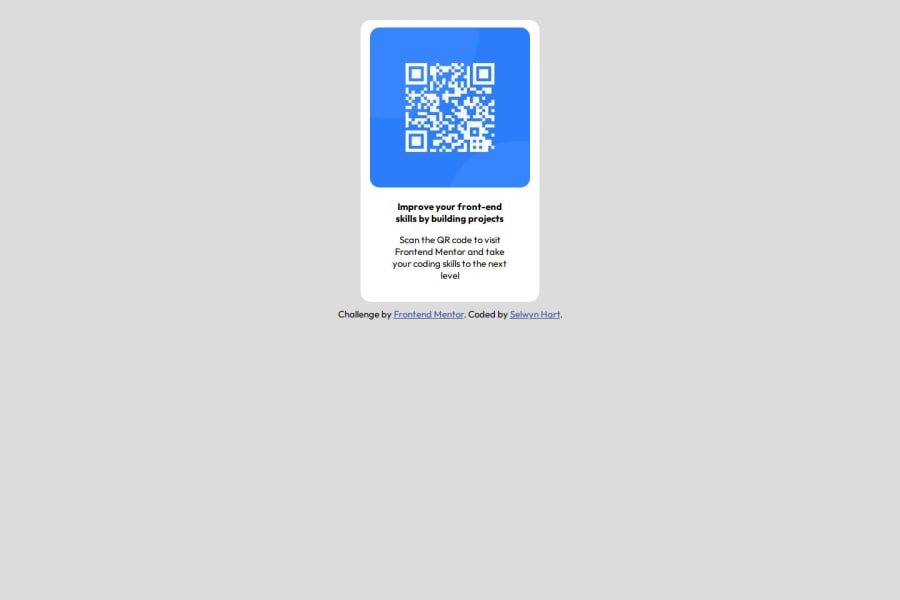
Design comparison
SolutionDesign
Solution retrospective
What are you most proud of, and what would you do differently next time?
I'm proud of the fact that I could go through this challenge and build this project despite the fact that I haven't worked on any projects in a while.
I will be using other frameworks like react, vue, angular, etc to enhance my knowledge of new technologies differently in the coming projects.
What challenges did you encounter, and how did you overcome them?I had forgotten how to center a div and get border-radius, but with the help of w3schools I was able to overcome these challenges
Community feedback
Please log in to post a comment
Log in with GitHubJoin our Discord community
Join thousands of Frontend Mentor community members taking the challenges, sharing resources, helping each other, and chatting about all things front-end!
Join our Discord
